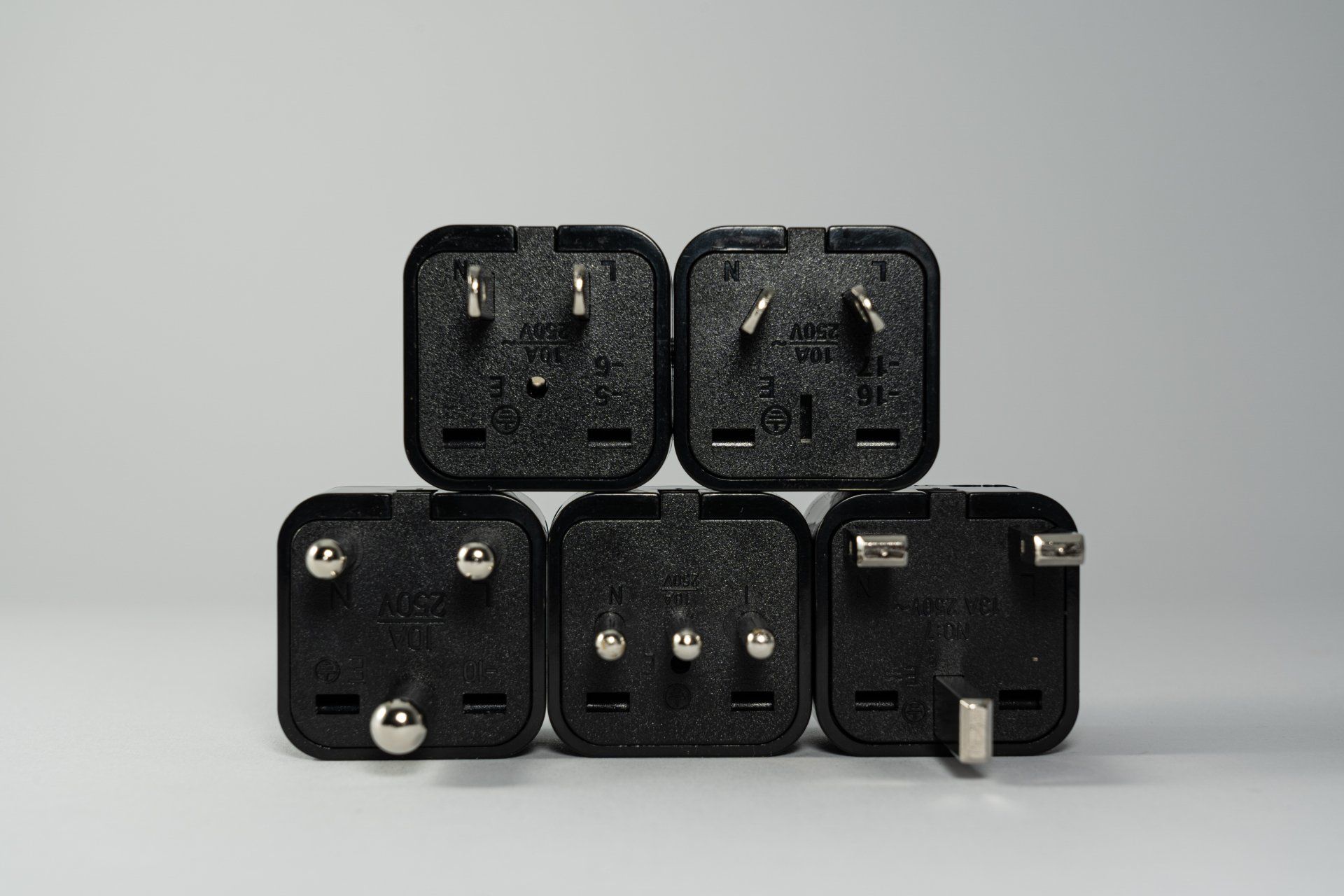Addressing Audio Issues: Does Removing Ground Plugs Work?
Dealing With That Pesky Ground Hum
Electrical grounding plays a critical role in the safe operation of any electrical system, including professional audio equipment. Faulty grounding can lead to audio disturbances, electrical shocks, or in worst-case scenarios, electrocution. A common misconception is that removing ground plugs can rectify these issues. Let's dive into the facts and debunk this myth.
In an electrical system, the ground connection provides a safe pathway for electrical energy to dissipate, typically via a physical connection to the Earth. If this connection is not in place, equipment such as microphones, guitars, or amplifiers can become electrically charged, causing a condition known as a "hot chassis". This occurs when normal leakage currents are unable to dissipate, leading to a voltage bias on the equipment.
If a performer, while being in contact with the hot equipment, also touches another object that is grounded, they may experience an electrical shock. The severity of this shock can vary from a mild sensation to a severe jolt, unconsciousness, or even fatality, depending on variables such as the voltage level, the skin's moisture level, and the fault current's impedance.
It's crucial to understand that while electrical safety measures are usually robust on professional stages, occasional oversights can occur. For instance, equipment with a missing or broken ground wire, improperly grounded outlets, and damaged power cords can all contribute to a hot chassis condition.
Moreover, the risk is not limited to the stage alone. Standing in water while handling electrical equipment can also pose a significant hazard. In these cases, the usage of wireless microphones is strongly recommended to minimize risk.
To detect a hot chassis condition and avoid potential accidents, a Non-Contact Voltage Tester (NCVT) can be used. This affordable device can quickly and safely test equipment for voltage biases.
Another essential safety measure is the use of Ground Fault Circuit Interrupter (GFCI) outlets. While not mandatory everywhere, these outlets can prevent severe electrical shocks by detecting and interrupting fault currents.
It's essential to treat any electrical shock as a warning sign of a potential safety ground wire failure. Such incidents necessitate immediate investigation and remediation. Never resort to removing or bypassing ground plugs as a solution to audio disturbances. It's not only ineffective but can also put lives at risk.
In conclusion, ensuring electrical safety in professional audio setups requires proper grounding, routine safety checks, and immediate action in case of irregularities. Prioritizing these aspects can guarantee a safe and sound performance, quite literally!
Key Take-Aways: Devices and Methods for Fixing Ground Hum Problems
1. Ground Loop Isolator
This device is designed to break the ground loop in a circuit, effectively removing the ground hum. It's perfect for audio and video applications.
2. Balanced Cables
Balanced cables are designed to minimize noise interference, including ground hum. They are ideal for long cable runs and professional audio setups.
3. Power Conditioners
Power conditioners can stabilize voltage and filter out noise in an electrical circuit, including ground hum. They are widely used in professional audio and home theater setups.
4. Hum Eliminator
As the name suggests, a hum eliminator is a device specifically designed to remove hum and buzz caused by ground loops.
5. Isolation Transformer
An isolation transformer can break the electrical path between input and output, thereby eliminating ground loops and the associated hum.
6. Star Grounding
This grounding method connects all ground points in an audio system to a single, common point. This can prevent the formation of ground loops that cause hum.
7. Ground Lift Switch
Many audio devices include a ground lift switch, which can disconnect the ground path and remove ground hum. However, it should be used cautiously as it may introduce other safety risks.
8. Correct Cable Routing
Avoid routing audio cables parallel to power cables. If they must cross, ensure they do so at right angles to minimize interference.
Remember, safety should always be top priority when dealing with electricity. If you're unsure about tackling ground hum problems yourself, shoot us a message at yourfriends@techdirection.ca






